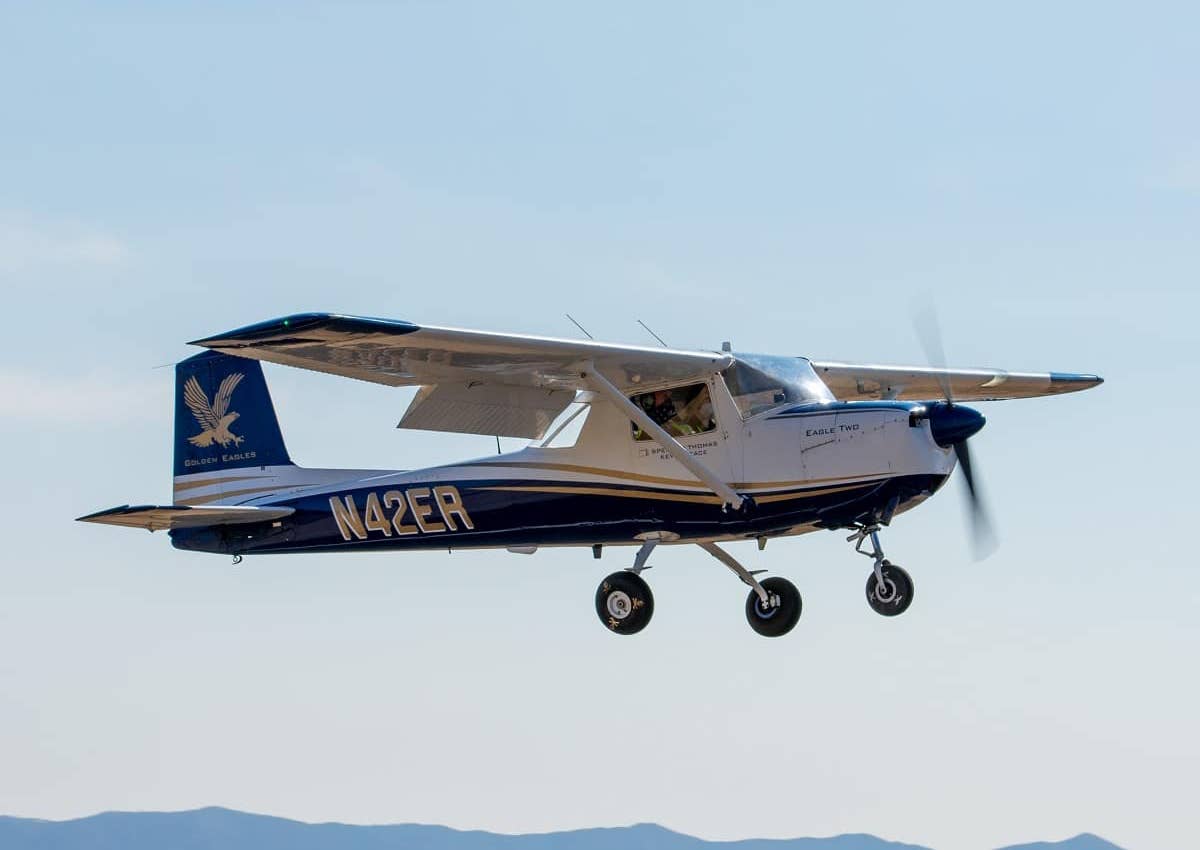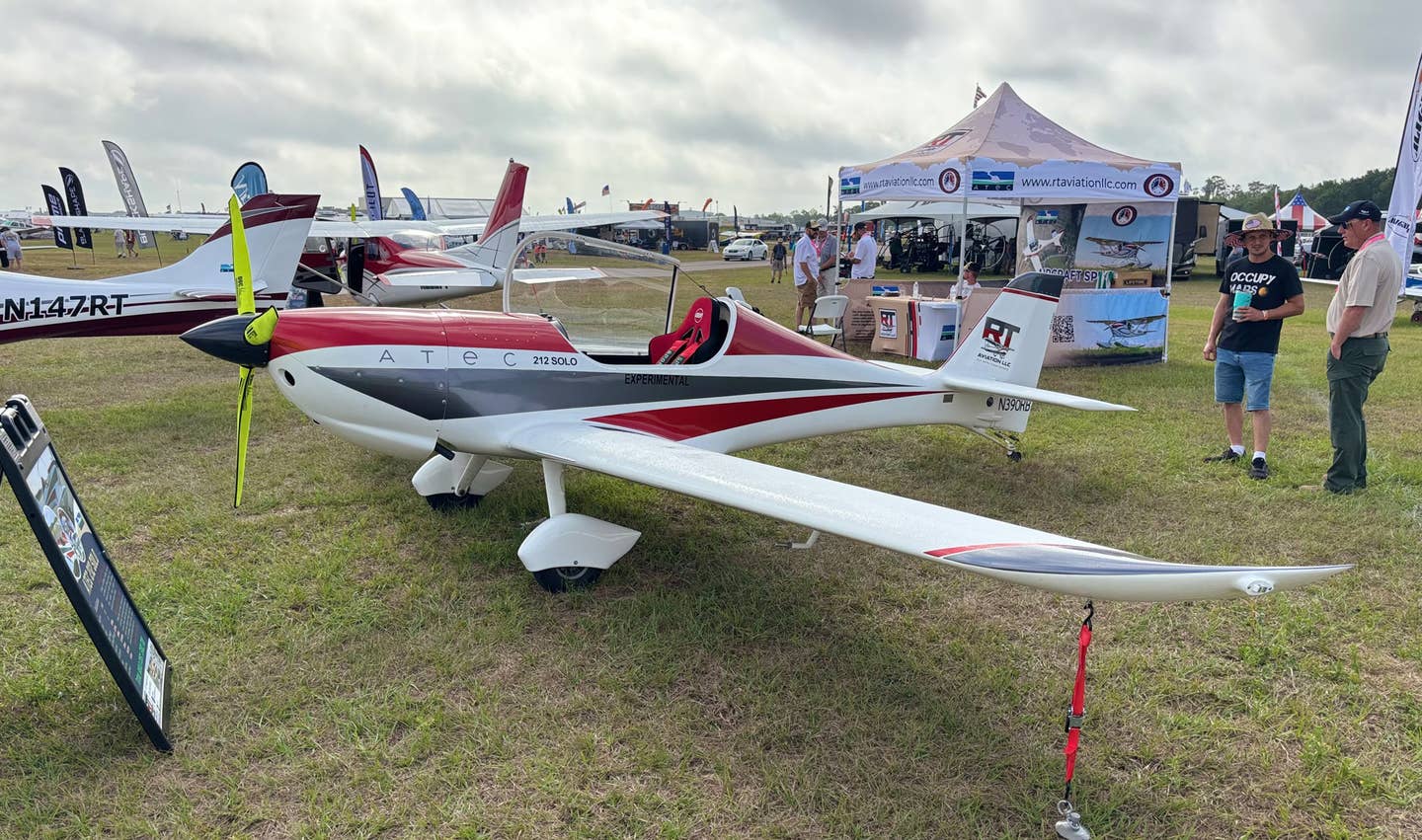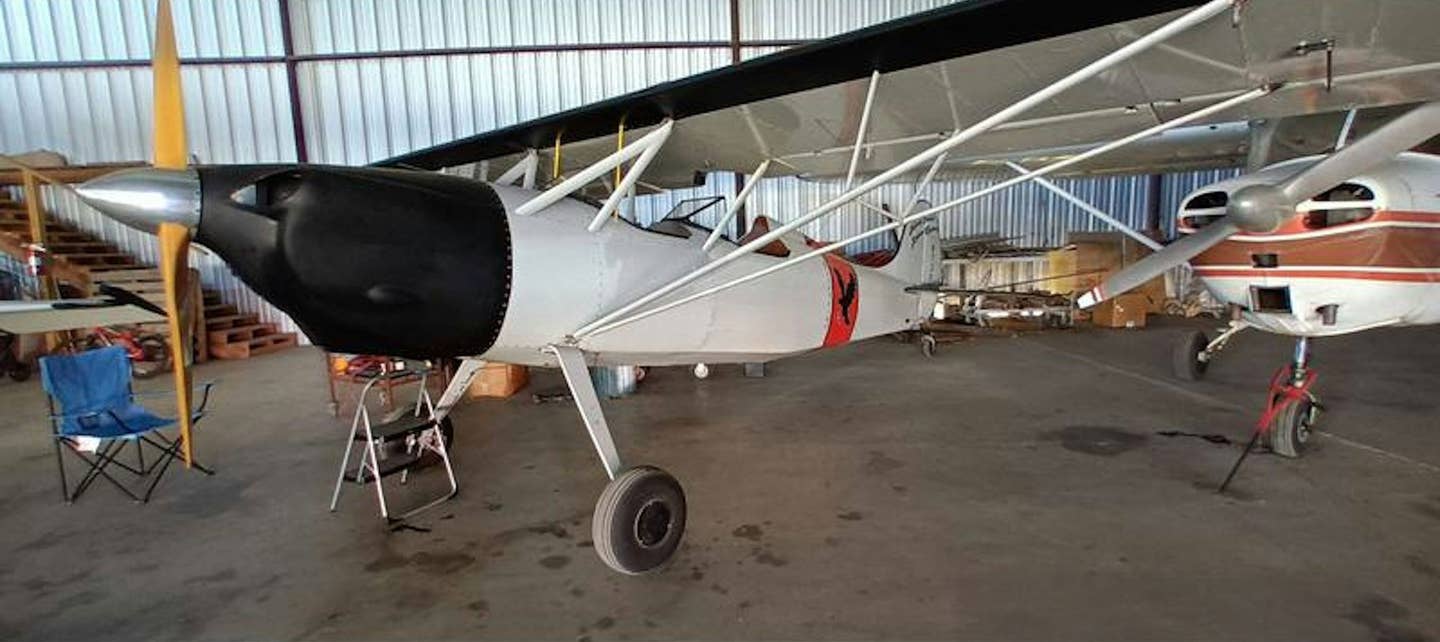Incredible Plane: Cessna 150
The iconic first airplane fondly remembered by several generations of pilots.

Embry-Riddle Cessna 150 trainer [image courtesy Embry-Riddle/credit Brian La Fetra]
With the advent of the light sport aircraft (LSA) in 2004, this new category of simple two-seaters was expected to dominate the primary training market. However, the demand for these wonderful little airplanes fell a bit short of its promise originally. So, when the subject of the shortage of two-seat trainers comes up in conversation, the question arises: “Why doesn’t Cessna just start building the Cessna 150 again?” It’s a fair one, but I’ll explain why not in a moment.
Like so many others, my journey toward a career in aviation began in the left seat of a shiny, polished, aluminum-and-red 1959 Cessna 150. N5709E was the prize possession of the Virginia Tech aviation department and carried me and my friends on our first flights, first solos, and private pilot check rides, and then on to a career in military or commercial aviation. We were not alone. The Cessna 150 taught the post-1950s world to fly. So, how did this remarkable little airplane come to be such a success?
Those pilots who subscribe to the axiom “never fly the A model of anything” will be pleased to know the first model of this small but sturdy aircraft was simply the Cessna 150. Spanning the 1959 and 1960 model years, the original was an extensive update of the successful Cessna 120/140 line. Cessna 140 production had ended in 1951 as the postwar aviation boom flagged. However, by the end of the decade, the training market was beginning to heat up, and Cessna decided to get into the game.
The Cessna 150 prototype squared off the wingtips and tail surfaces of the 140, featured a straight, windowless tail cone, manual 40-degree Fowler flaps, and most important for the training market, tricycle landing gear. The systems were simple and even a bit rudimentary. The stout little Continental O-200A, 100 hp four-banger was started by pulling on a shiny “T” handle at the top of the minimal instrument panel. The handle tugged a cable that engaged the starter. Venturis powered the basic vacuum system, and the generator was driven directly off the accessory drive, eliminating the need for a drive belt.
Of the first Cessna 150 model, 683 were produced in 1959 to ’60, and they are, by most accounts, the lightest, fastest and, many will say, most fun to fly. Three models were offered—the standard, trainer, and intercity commuter. The latter added luxuries such as a vacuum pump, attitude indicator, and rotating beacon. The major shortfall of the tiny Cessna was its narrow cabin. Advertisements of the time usually featured what appeared to be 7/8-scale pilots and passengers sitting happily side by side with their luggage neatly behind the seats. In reality, two standard FAA 170-pound occupants would find the cockpit a bit cramped, and extensive crew coordination was often required for simple acts such as putting on a jacket.
However, none of this really matters because the Cessna 150 remains to this day a delight to fly. It cruises at 90 mph (78 knots), stalls at 47 mph (41 knots), and the manually actuated, 40-degree flaps allow for very precise short-field performance. Its 22.5-gallon fuel tanks and 6-gallon-per-hour fuel consumption allow for a realistic no-reserve range near 300 nm. Control forces are light and visibility is good, as long as a wing is lifted before each turn, and the spring steel “Land-O-Matic” main landing gear forgives the wide variety of student pilot landings. To top it off, the secret to the longevity of the Cessna 150 was its ability to be upgraded, modernized, and adapted to the needs of newer generations of pilots.
The Cessna 150A, introduced in 1961, increased the size of the rear side windows and moved the main landing gear legs rearward by 2 inches. This counteracted the original’s disturbing habit of settling on its tail.
The next big upgrade occurred in 1964. The Cessna 150D model introduced the ubiquitous “Omni-Vision” rear window. Both the 1964 D model and 1965 E model combined the manually activated 40-degree flaps and the straight vertical tail from the earlier models, making them a favorite of the National Intercollegiate Flight Association’s (NIFA) annual precision landing competition. By 1965, the F Model introduced a 35-degree swept vertical tail, electric flaps, and a list of aerodynamic improvements, including a standard spinner in all models.
One of the most welcome additions arrived in 1967 with the 150G model’s curved entry doors, which provided an additional 3 inches of cabin width. Not to be outdone, the 1970 model heralded the introduction of the Cessna 150K Aerobat. The Aerobat—with its six positive and three negative G limits, shoulder harnesses, distinctive checkerboard paint, and dual skylights—was an instant hit. Still powered by the 100 hp Continental O-200A, the Aerobat is no Pitts Special or Extra 300, but it provides a great platform for basic aerobatic training, and spin and upset recovery, as well as energy management training.
The Cessna 150 proved to be an international success too. Nearly 2,000 Cessna 150 models were constructed in Reims, France. While these aircraft usually mirrored their stateside models, many featured the Rolls-Royce-built Continental O-240 variant that increased horsepower by 30 percent.
The Cessna 150 enjoys many aftermarket modifications to the Cessna 150. At least two supplemental type certificates (STCs) allow for the installation of the Lycoming O-320 or O-360 in place of the original Continental. This mod increases fuel consumption and reduces range significantly, but it dramatically increases performance at high and hot airports. And in a return to its Cessna 120/140 roots, the “Texas Taildragger” conversion puts the Cessna 150 back on conventional gear, providing the added benefit of reduced drag and weight associated with the removal of the nose landing gear.
By 1977, the final year of Cessna 150 production, the reduced availability of 80 octane fuel and a nearly 150-pound empty weight increase over the original Cessna 150 necessitated a change to the Lycoming O-235. Designated the Cessna 152, power increased modestly to 108 hp and, because of concerns about full-flap go-arounds, the electric flaps were limited to 30 degrees. Approximately 7,500 Cessna 152s were produced in the U.S. and France during its 10-year production run that ended in 1988.
When production halted, the company had built 31,471 Cessna 150/152s, placing the 150 in fifth on the list of most produced aircraft, just behind the entire Piper PA-28 line and just ahead of the Cessna 182. As to that original question—“Why not just restart the production line?”—you will have to ask Cessna. It may be increased production costs, an effort to avoid clashing with its incredibly successful Cessna 172 (the most produced airplane in the world), or competition from the growing LSA market, just to name a few. In any event, the Cessna 150 stands out as the definitive two-seat trainer of its time with nearly 23,000 registered around the world.
Oh, and how about N5709E? Lovingly restored to its 1959 livery, it is still on the active rolls and can be seen flying to various events where classics are appreciated. So, next time you talk to your pilot friends, ask them about their first airplane. You might be surprised how many got their start in the sturdy Cessna 150.
Editor's Note: This story originally appeared in the September 2023 issue of Plane & Pilot magazine.

Subscribe to Our Newsletter
Get the latest Plane & Pilot Magazine stories delivered directly to your inbox






